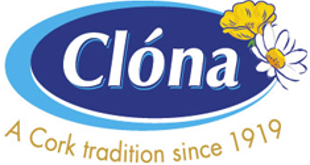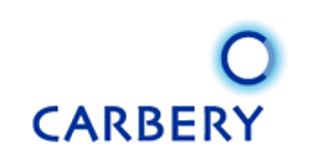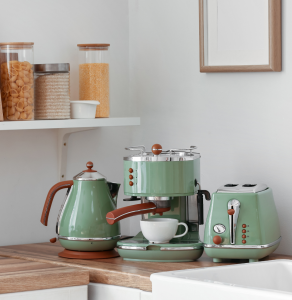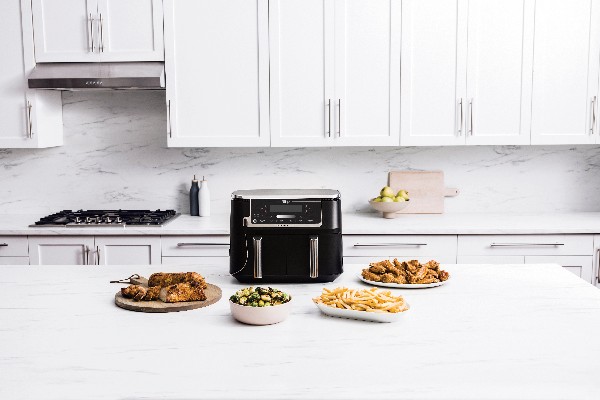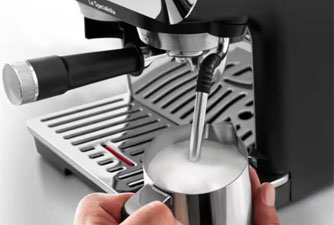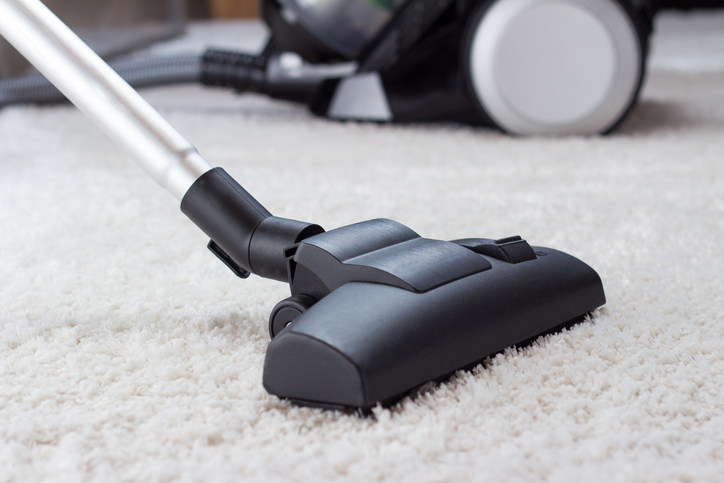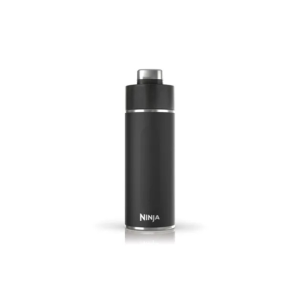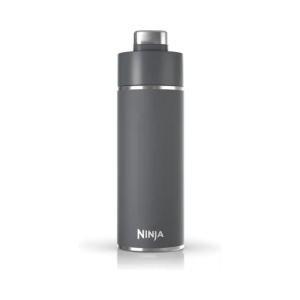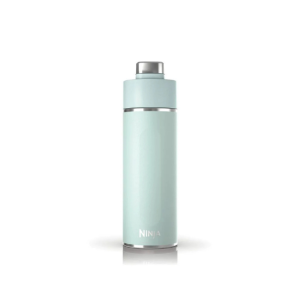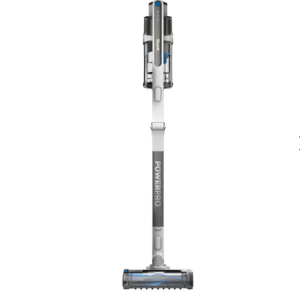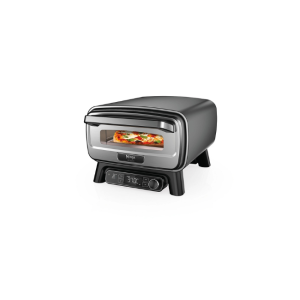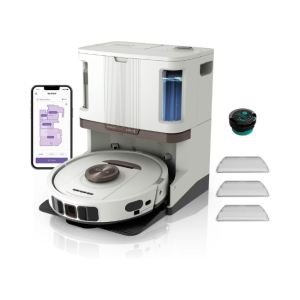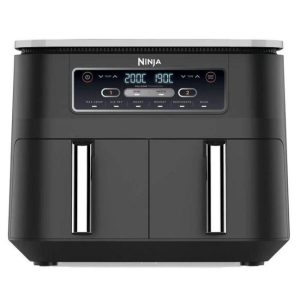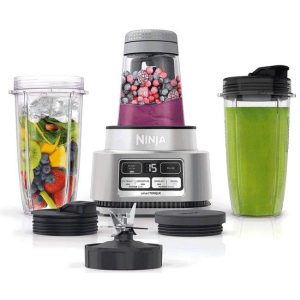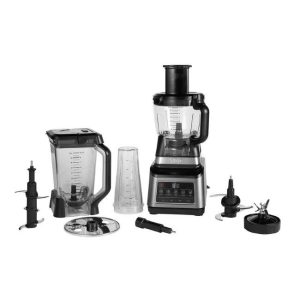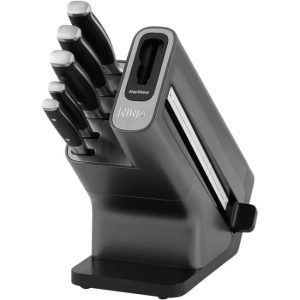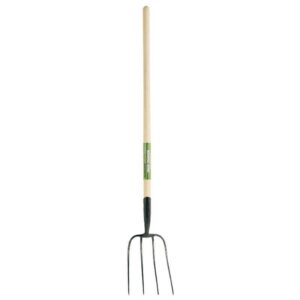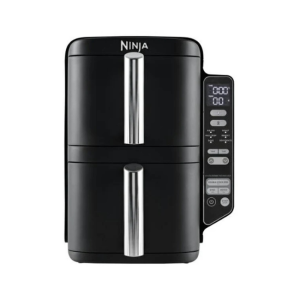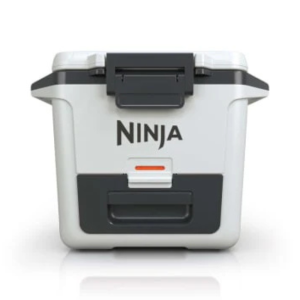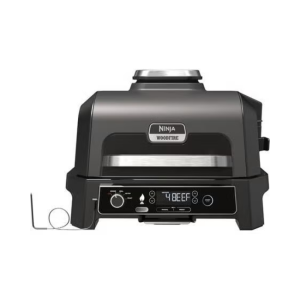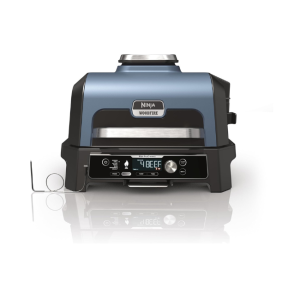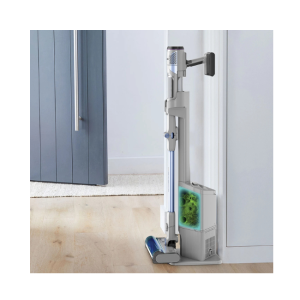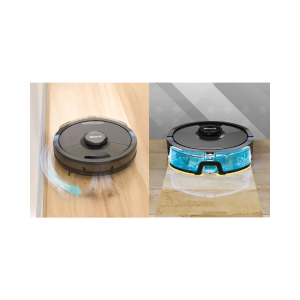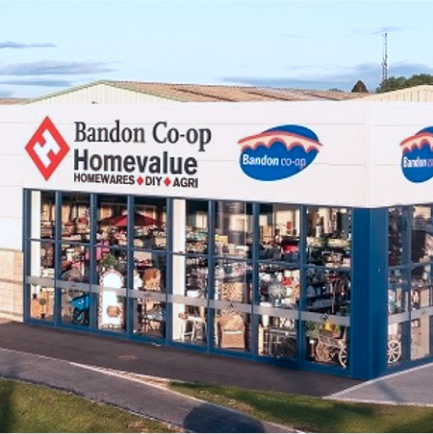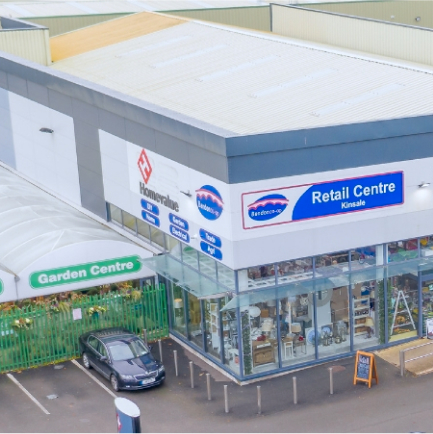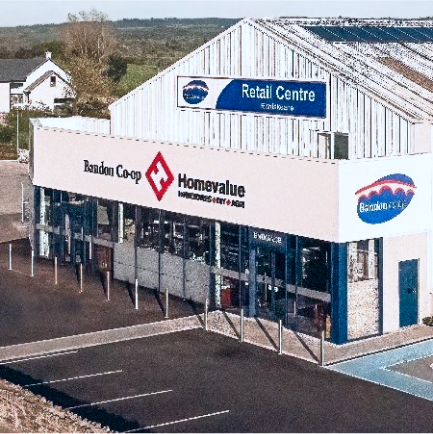MADE IN BANDON
122 years
Founded by our Farmers in 1903
480+
Employees in our Community
240+
Generational Farmer Suppliers
3
Retail Stores
Bandon Co-op has a very long and proud tradition in West Cork, whilst also playing a significant role both nationally and internationally. We are deeply committed to supporting our farming families, our employees and our customers, and strive to work together to achieve this.
Check out our
SALE
Household & Homewares
€34.99
Original price was: €34.99.
€29.99
Current price is: €29.99.
Add to cart
NINJA THIRSTI TRAVEL BOTTLE IN BLACK 530ML
Household & Homewares
€34.99
Original price was: €34.99.
€29.99
Current price is: €29.99.
Add to cart
NINJA THIRSTI TRAVEL BOTTLE IN GREY 530ML
Household & Homewares
€34.99
Original price was: €34.99.
€29.99
Current price is: €29.99.
Add to cart
NINJA THIRSTI TRAVEL BOTTLE IN MINT 530ML
Electrical
€329.99
Original price was: €329.99.
€219.99
Current price is: €219.99.
Add to cart
SHARK CORDLESS PET CLEANER IZ380UKT
Air Fryers
€349.99
Original price was: €349.99.
€289.98
Current price is: €289.98.
Add to cart
NINJA ARTISAN OUTDOOR PIZZA/AIRFRYER MO201UK
Electrical
€239.99
Original price was: €239.99.
€209.99
Current price is: €209.99.
Add to cart
NINJA ICE CREAM NC300UK
Electrical
€939.99
Original price was: €939.99.
€649.99
Current price is: €649.99.
Add to cart
SHARK POWER DETECT NEVER TOUCH PRO 2 IN 1 WHITE RV2800ZEUKWH
Air Fryers
€239.98
Original price was: €239.98.
€179.99
Current price is: €179.99.
Add to cart
NINJA 7.6L FOODI DUAL ZONE AIR FRYER AF300UK
Bulbs
€11.99
Original price was: €11.99.
€8.04
Current price is: €8.04.
View Product
YELLOW DAFFODIL BULBS 3KG
Electrical
€139.99
Original price was: €139.99.
€119.99
Current price is: €119.99.
Add to cart
NINJA 2-IN-1 FOODI POWER NUTRI BLENDER CB100UK
Electrical
€239.99
Original price was: €239.99.
€179.99
Current price is: €179.99.
Add to cart
NINJA 3-IN-1 FOOD PROCCESSOR WITH AUTO-IQ BN800UK
Electrical
€209.99
Original price was: €209.99.
€139.99
Current price is: €139.99.
View Product
NINJA FOODI STAYSHARP KNIFE BLOCK K32005UK
Accessories
€54.95
Original price was: €54.95.
€49.46
Current price is: €49.46.
View product
AGRISHIELD WATERPROOF BREATHABLE JACKET
Garden Tools
€39.95
Original price was: €39.95.
€35.95
Current price is: €35.95.
View product
MANURE 4 FORK PROMG – F105DLH LS S
Gardening & Outdoors
€11.99
Original price was: €11.99.
€8.04
Current price is: €8.04.
Add to cart
Snowdrops Galanthus woronowii 35 bulbs pack 5/6
Cookers
€269.99
Original price was: €269.99.
€239.99
Current price is: €239.99.
Add to cart
NINJA DOUBLE STACK 2 DRAWER AIR FRYER 7.6L SL300UK
Camping Accessories
€289.99
Original price was: €289.99.
€209.99
Current price is: €209.99.
View product
NINJA FROSTVAULT HARD COOLER WITH DRY VAULT FB131UKWH
BBQ & Barbecue Accessories
€479.99
Original price was: €479.99.
€350.00
Current price is: €350.00.
View product
NINJA WOODFIRE ELECTRIC BBQ GRILL & SMOKER OG851UK
BBQ & Barbecue Accessories
€529.99
Original price was: €529.99.
€410.00
Current price is: €410.00.
View product
NINJA WOODFIRE ELECTRIC BBQ GRILL & SMOKER OG901UK
Electrical
€529.99
Original price was: €529.99.
€350.00
Current price is: €350.00.
Add to cart
SHARK CORDLESS DETECT VACUUM WITH AUTO EMPTY SYSTEM
Electrical
€469.99
Original price was: €469.99.
€289.98
Current price is: €289.98.
View Product
SHARK ROBOT CLEANER RV2620WDUK
Electrical
€209.99
Original price was: €209.99.
€149.99
Current price is: €149.99.
Add to cart
SHARK STAINSTRIKER MAX PX200UKT
Electrical
€129.99
Original price was: €129.99.
€87.95
Current price is: €87.95.
Add to cart
SONY BLACK NOISE CANCEL HEADPHONE WHCH720NBCE7
Electrical
€129.99
Original price was: €129.99.
€87.95
Current price is: €87.95.
Add to cart
SONY WHITE NOISE CANCEL HEADPHONE WHCH720NWCE7
Audio
€59.99
Original price was: €59.99.
€39.95
Current price is: €39.95.
Add to cart
SONY WIRELESS BLUETOOTH HEADPHONES WHITE WH-CH520
Accessories
€33.95
Original price was: €33.95.
€30.55
Current price is: €30.55.
View product
AGRISHIELD WATERPROOF BREATHABLE TROUSER
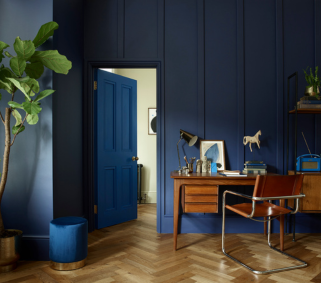

practical tips for your home and garden
Visit our
RETAIL CENTRES
Proud to be
ASSOCIATED WITH

